T4K3.news
Deer disease sightings prompt health officials to monitor
Officials are monitoring deer health and urging calm reporting as summer insect activity rises.
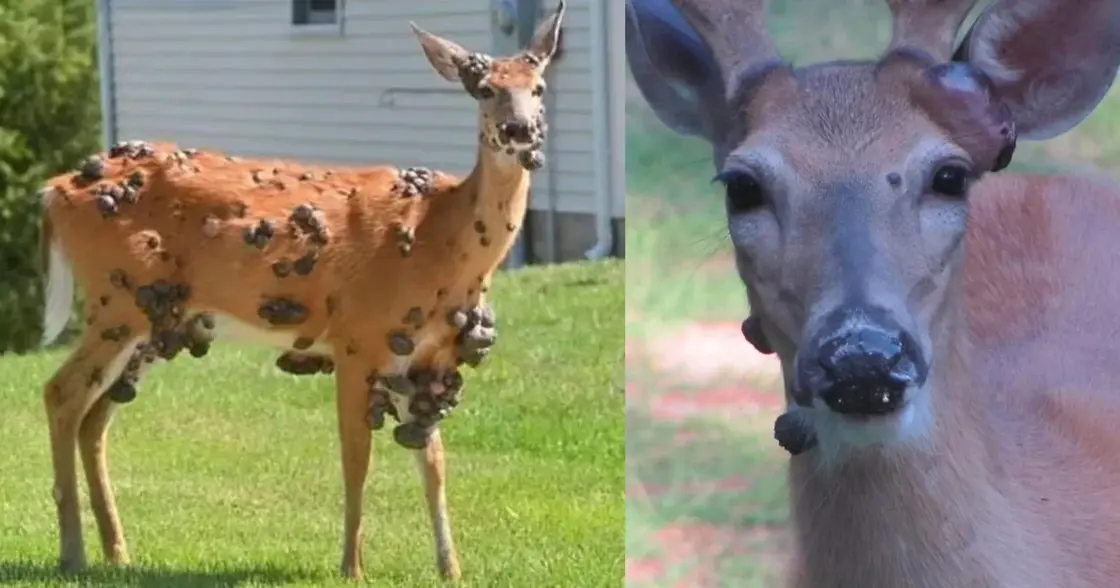
A wave of eerie images prompts scientists and wildlife officials to assess a deer virus and how the public should respond this summer.
Deer With Flesh Bubbles Prompt Health Officials to Warn
New images show deer with clusters of flesh like blisters on their faces and bodies. Officials identify the condition as deer cutaneous fibroma, commonly known as deer warts, a virus spread among deer by blood-sucking insects such as mosquitoes and ticks. Sightings have appeared in several states including New York, Pennsylvania, and Wisconsin, prompting online discussion about a possible outbreak this summer.
Experts note that the virus moves through vectors, so warmer months may bring more cases in deer populations. There are no confirmed human infections linked to this virus in the United States, and authorities stress the need for careful testing before drawing broad conclusions. Officials urge calm reporting and emphasize that reliable wildlife health information is essential to prevent needless panic.
Key Takeaways
"No confirmed human cases from this deer virus are known"
Official reassurance from health authorities
"We need calm clear science instead of alarming clips"
Editorial stance on media coverage
"Images can mislead if not paired with evidence"
Highlighting visual impact of reporting
"The season will test surveillance and communication in equal measure"
Future oriented assessment
This case shows how striking imagery can outpace scientific verification. Sensational photos can attract attention, but they also risk spreading misinformation about human danger and disease spread. Clear, transparent communication from scientists and wildlife agencies is crucial to avoid fear driven by visuals rather than data.
Looking ahead, warmer weather and larger deer populations may heighten monitoring needs. The episode underscores the importance of surveillance systems and responsible media coverage to balance public interest with accurate risk assessment.
Highlights
- Trust the science over the screenshot
- Summer will test our ability to separate fear from facts
- Images travel faster than the data behind them
- Calm reporting can prevent panic in wildlife stories
Public health risk and misinformation around deer disease
The spread of striking online images could fuel fear or misinterpretation about human risk. Officials emphasize scientific verification and clear communication to guide public response.
As science catches up, steady updates and careful messaging will define the public response
Enjoyed this? Let your friends know!
Related News
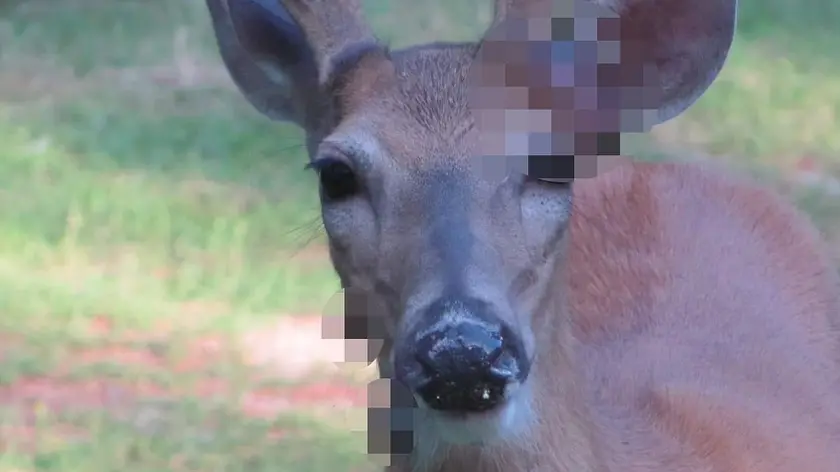
Deer Wart Outbreak Expands Across the United States

Rabies detected in Waterford deer
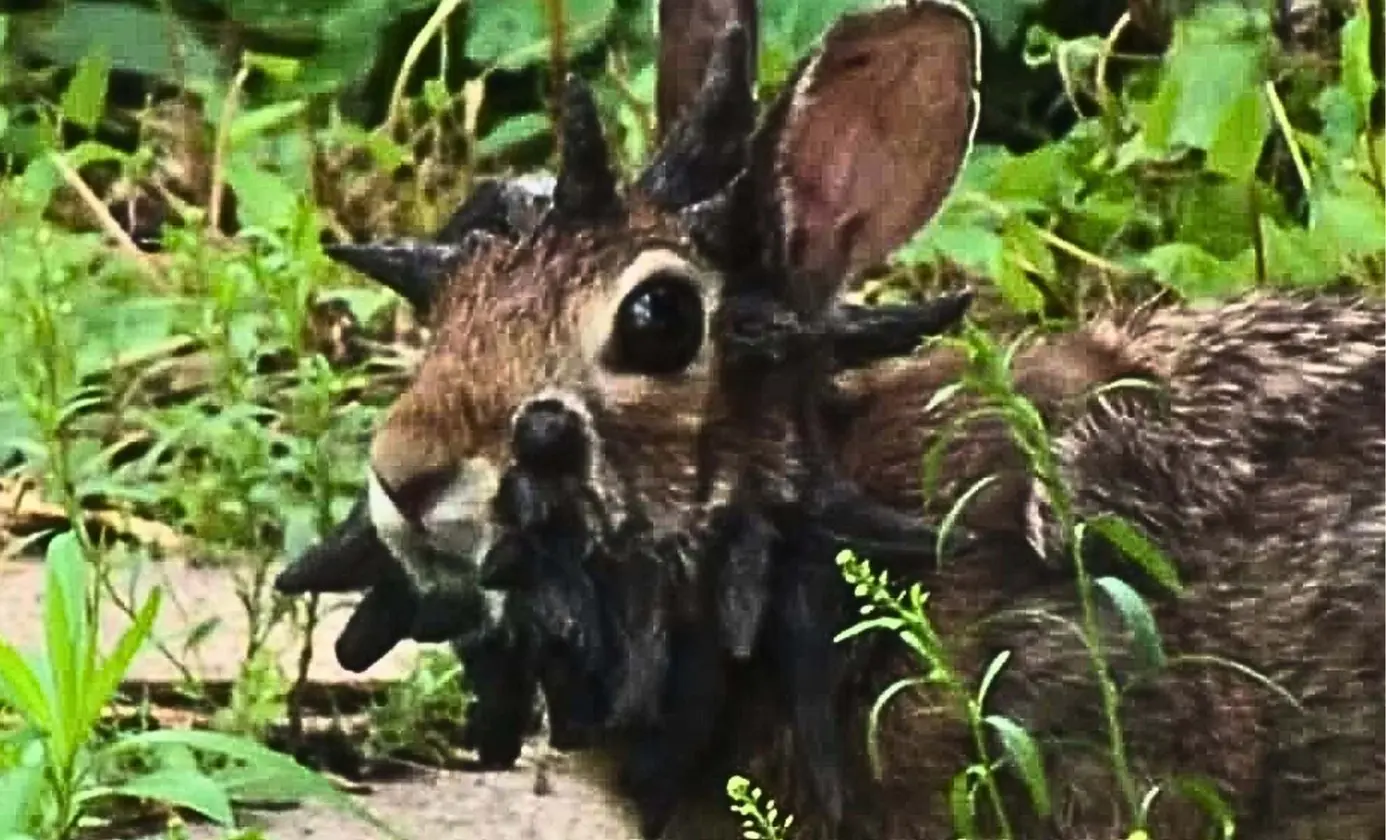
Frankenstein growths spark outbreak fears in Colorado rabbits
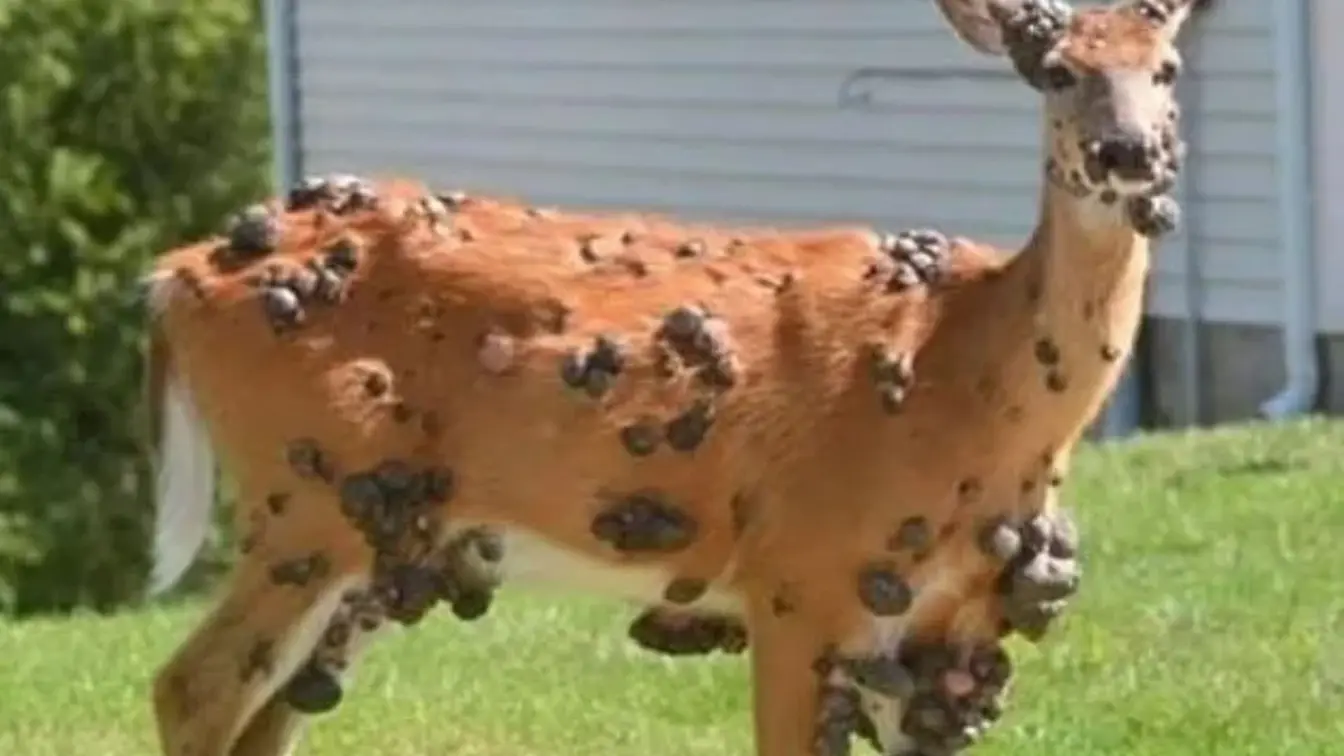
Wildlife lesions prompt official guidance

Investigation ongoing for possible Powassan virus in newborn

Westmoreland County reports mosquito and tick virus risks

Plague case confirmed near Lake Tahoe
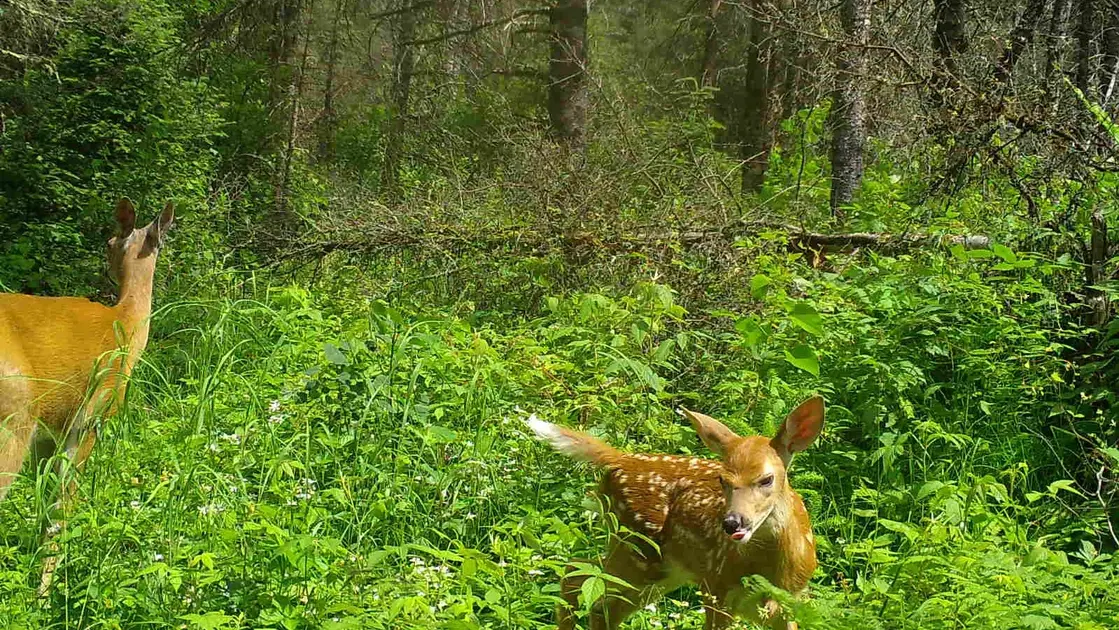
Deer deaths in Hamilton County prompt wildlife testing
